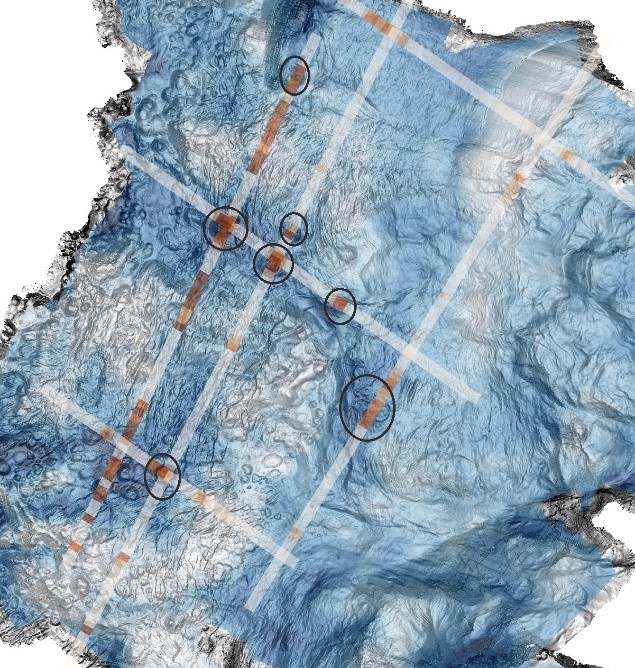The global population is rising at an alarming rate, and is expected to reach 9.8 billion (UN Website, population database) by the year 2050. The demand for resources such as food, energy and metals will soar as a result. While technological advances in renewables and food production may be sufficient to satisfy future demand, maintaining current levels of metal production will be an enormous challenge. Many of the world’s richest metal deposits are nearing depletion, and new mines will be forced to target lower grade ore bodies. This carries a higher environmental cost because larger volumes of material must be mined in order to sustain current metal production.
However, one potential solution to this problem is to look towards the oceans and the vast, untapped reserves of rare metals that are hidden beneath the waves. One of the primary sources of metals from the marine environment is from Seafloor Massive Sulphide (SMS) deposits. These form as a result of hot, hydrothermal fluids that concentrate and precipitate metal sulphides at vent sites, and often produce the well-known ‘black smokers’ that are common along many mid ocean ridge systems. Young vents close to the ridge and heat source (magma) are easy to locate because their plumes produce anomalies that can be detected in the water column above. However, the hot (up to 400ᵒC), acidic fluids make active vents hazardous to mine and the chemosynthetic faunal communities are vulnerable habitats that should be protected. The main targets for exploration are therefore the cold, inactive mounds located away from the spreading ridge that are devoid of complex life. These produce no anomalies in the water column, and cannot be detected using the same approach used for active vents. Full knowledge of the location, tonnage and ore grade is an essential precursor to any seafloor mining activities.
So how, then, is it possible to locate these inactive SMS deposits?
The high metal content of the mounds means that they usually have distinct physical properties that contrast strongly to those of the host volcanic and sedimentary rocks. A variety of geophysical surveys are able to detect this contrast and even image the structure of the ore bodies themselves. However, inactive vents can be found anywhere within a vast region surrounding spreading ridges and therefore just looking for those deposits in an area 20 km to both sides of the global spreading centres means that over 3 million km2 would have to be surveyed. The need for quick and cost effective approach to survey the seabed is clear.
Academics from the University of Southampton, the National Oceanography Centre, Southampton and collaborators from GEOMAR, Germany, University of Lisboa, Portugal, Norwegian University of Science and Technology from the European Horizon 2020 “Blue Mining” project are at the forefront of research into developing technologies to pinpoint metal-rich SMS deposits on the seafloor. Individual geophysical surveys have been moderately successful, but the final interpretations are much more reliable when several surveys are used in conjunction with each other. The complimentary data can be used to rule out anomalies caused by topography and error, and allows for detailed investigations into SMS deposits.
Fig 1. Bathymetry map (grey shades), magnetic map (negative anomalies are shaded blue) and electrical conductivities (orange shades) along CSEM profiles. Metal-rich sulphide deposits (black circles) have a distinct geophysical signature: negative magnetic anomaly from mineral alteration during contact with hydrothermal fluids, high electrical conductivities and distinct surface expression (conical mounds, chimneys, debris). From: Romina Gehrmann, Florian Szitkar, Sebastian Graber, Ben Ollington, Sven Petersen, Tim Minshull and Bram Murton.
Integrating multiple geophysical techniques to study SMS deposits has been a major part of the Blue Mining Project, in which bathymetry, magnetic and electromagnetic datasets were collected for a region near the Mid Atlantic Ridge close to the TAG (Trans-Atlantic Geotraverse) Hydrothermal Field. Romina Gehrmann, Research Fellow at the University of Southampton, presented her and her European colleagues integrated data results in June 2017 at the marine electromagnetic conference in Liverpool, representing the UK academic electromagnetic community as the chairwomen of the conference.
References:
UN Website, Department of Economic and Social affairs (DESA), https://esa.un.org/unpd/wpp/Graphs/Probabilistic/POP/TOT/



